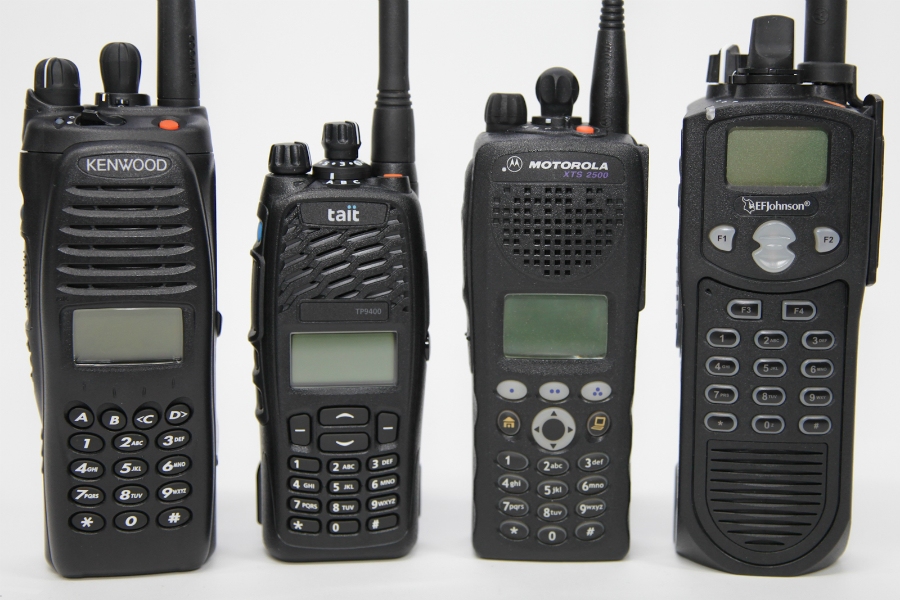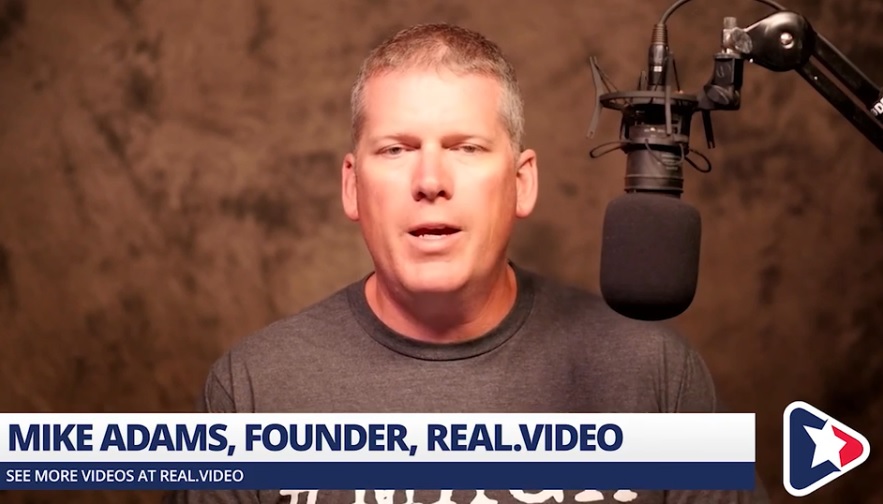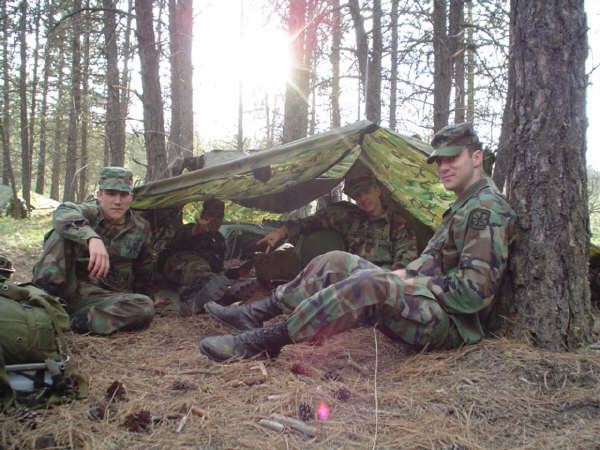Do you have an air-purifying respirator to survive chemical attacks?
08/14/2018 / By Rhonda Johansson

The threat of nuclear war grows ever deeper with each passing day. We don’t really know what will happen – but if the worst comes to pass, are you prepared for a gas or chemical attack? Prepping for every eventuality describes not only knowing which herbs and roots you can eat in different terrains but in being able to survive in a metropolis.
Warfare today has changed. Governments no longer need to have grossly garish weapons that go “boom in the night.” No, their means of killing each other has gotten more subtle, and all the more deadly. Chemical and gas attacks release toxic substances in the air that poison the people and the environment around them. These vapors are invisible and typically have an immediate effect when expelled. Similar agents were used during World War I and have grown more advanced in the years that have passed.
Although some chemicals can be absorbed through the skin, the primary way these chemicals enter is through your respiratory tract. This makes an air-purifying respirator mask a crucial part of your survival cache.
What they are
Air-purifying respirators (APRs) remove various gases, vapors, and contaminants from the air by filters, cartridges, or canisters. APRs, it should be noted, do not supply oxygen so should not be used in an environment that lacks oxygen.
There are four different types of APRs. Each have their own advantages and deciding which one to use will depend on the specific situation you find yourself in. We will be discussing each one briefly and recommending a few to have and use in an event of a chemical or gas attack.
- Filtering Facepiece Respirator (FFR) – These are the disposable face masks you see people wearing in hospitals and airports. These cover the nose and mouth and filter out particles such as dust and fumes. FFRs do not provide protection against toxic gases.
- Elastomeric Half Facepiece Respirator – These are reusable facepieces fitted with replaceable cartridges or filters. These respirators can protect against gases, vapors, or particles depending on the filter or cartridge you use. Particulate respirators are the simplest type and carry a low price tag. However, this also means that they only provide low levels of protection and are only meant to “purify the air” because they clean and filter out the particles from the air. Gas and vapor respirators, on the other hand, are meant for severe airborne chemicals. These are harder to find and purchase, but are recommended for chemical air attacks.
- Elastomeric Full Facepiece Respirator – This is similar to the previous item except that it provides eye protection as well. This makes them more effective in protecting the face than either the FFRs or the half facepiece respirators.
- Powered Air-Purifying Respirator – These are battery-powered full-head facepieces that protect against gases, vapors, or particles. They is meant for only extreme cases of contamination and are not readily available to the public.
Choosing the right one
Remember to only buy respirators that come with certifications. This should help build credibility of the quality of the product. We would also recommend investing in one air-purifying respirator that can be used quickly and easily. This would require you to do your homework and personally test the device. Speed is key here. Learn how to use yo ur respirator quickly and efficiently to protect yourself in the future.
Find more articles on how to survive any emergency situation at Preparedness.news.
Sources include:
Tagged Under: Air-purifying respirators, chemical attack, chemical warfare, chemical weapons, gas attack, Gear, nuclear war, preparedness, prepping, SHTF, survival, toxic chemicals



















